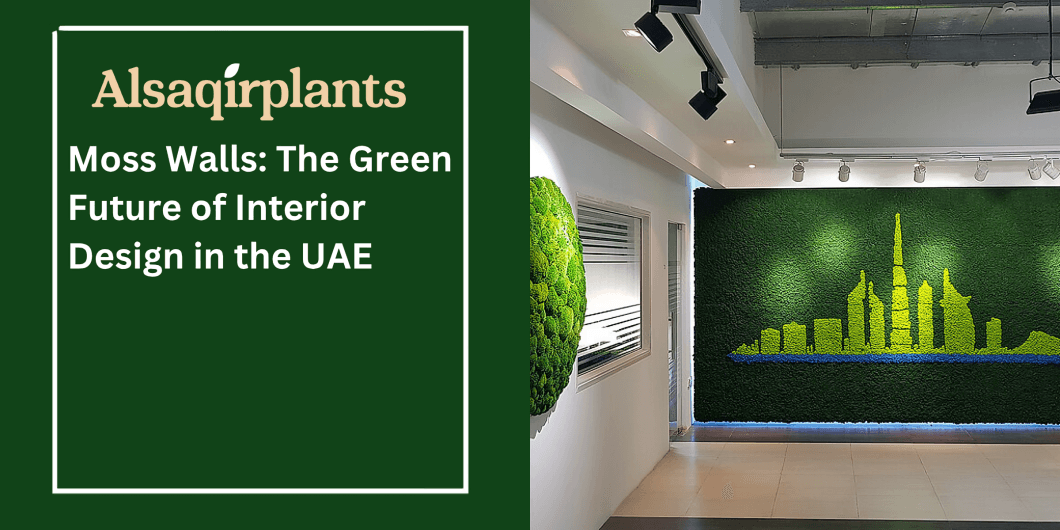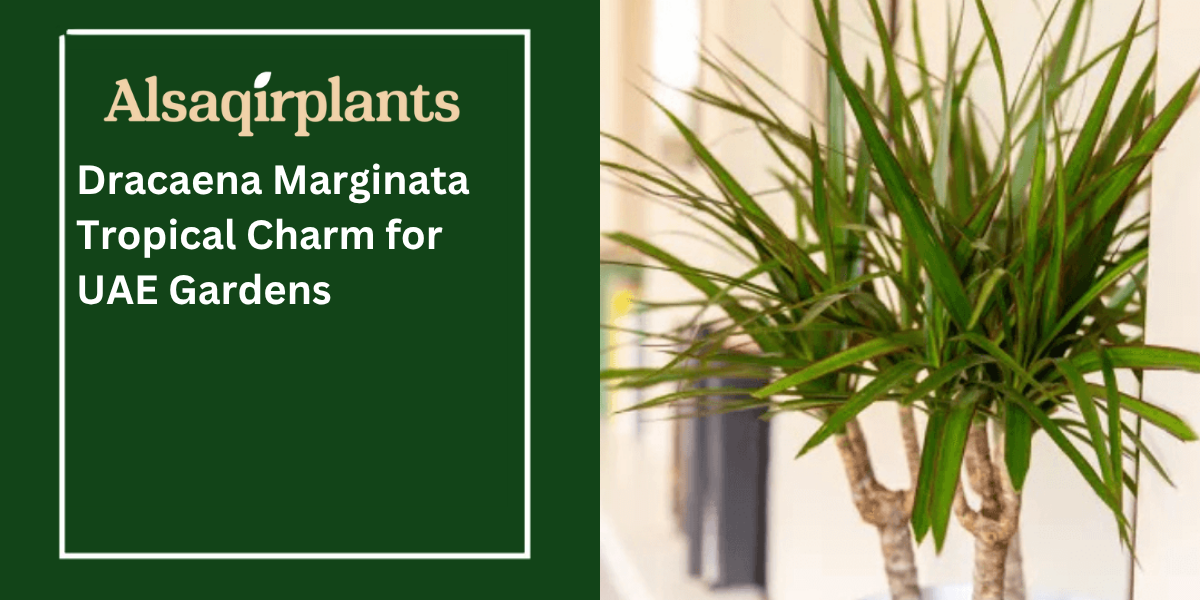The money plant, often revered for its association with wealth, prosperity, and good fortune, holds an esteemed position in both home decor and traditional practices like Feng Shui. Beyond its spiritual symbolism, the money plant is celebrated for its resilience and ability to thrive indoors, even in less-than-ideal conditions. It not only enhances the aesthetic appeal of a space but also acts as a natural air purifier, absorbing toxins and enriching the environment with fresh oxygen. This introductory section will provide insight into why this plant has become a popular choice for indoor gardening enthusiasts and how proper care can ensure its long-lasting vibrancy. By understanding its significance and inherent benefits, readers will gain a foundation for the practical steps that follow.
A Guide to Popular Varieties
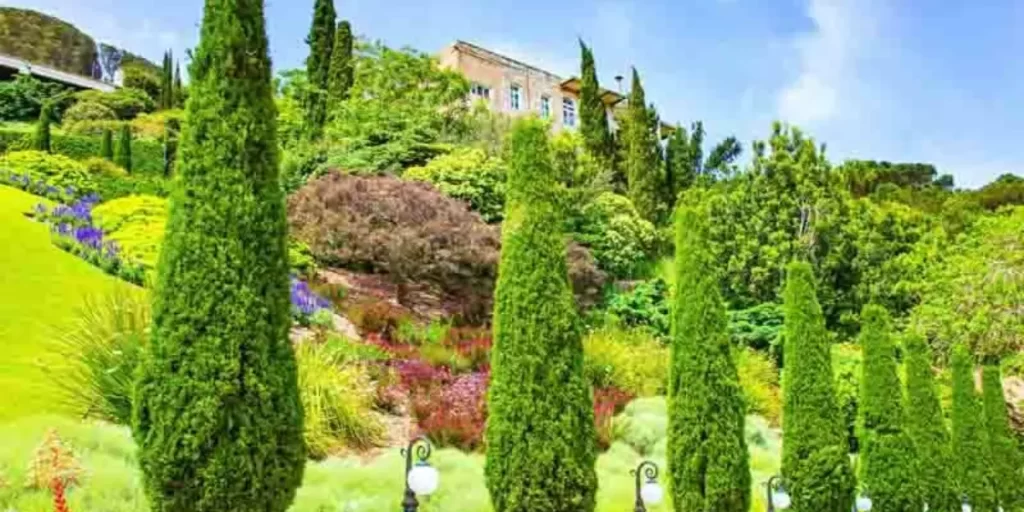
Not all money plants are the same, and choosing the right variety can be crucial to its successful growth. This section will explore the diverse types of money plants available, such as the Golden Pothos, Jade Plant, and the Chinese Money Plant, highlighting their unique characteristics. Each variety thrives under slightly different conditions, whether in terms of light, water, or space, and understanding these distinctions will help in selecting the perfect plant for your home. By making an informed choice, one can ensure that the plant not only flourishes but also complements the intended setting, whether it be for indoor decor or spiritual well-being.
Distinctive Features and Growth Behavior
The Golden Pothos is celebrated for its vibrant green leaves, which are marbled with striking golden-yellow hues. Its ability to adapt to various light conditions, combined with its vigorous trailing growth, makes it a versatile choice for adding lush greenery to any space. Ideal for hanging baskets or as a climbing plant, it offers both aesthetic beauty and practical benefits.
Essential Care Guidelines
This hardy plant thrives in bright, indirect light, though it can tolerate lower light levels. Its low maintenance needs include infrequent watering and well-draining soil. Understanding these requirements helps ensure that the Golden Pothos remains healthy and visually appealing.
The Hardy Succulent Known for Its Symbolic Prosperity

Visual Appeal and Growth Characteristics
The Jade Plant, or Crassula, is known for its thick, succulent leaves that exhibit a rich, deep green color. Its bushy, tree-like structure and slow, steady growth make it a striking addition to any indoor setting. Often associated with good luck and financial success, it serves as both a decorative and symbolic plant.
Care Recommendations for Longevity
Preferring bright, indirect light, the Jade Plant is relatively easy to care for. It requires minimal watering due to its succulent nature, with well-draining soil being crucial to prevent root rot. By adhering to these care practices, the Jade Plant can thrive and maintain its robust appearance.
The Iconic and Aesthetic Pancake Plant
![]()
Unique Appearance and Growth Patterns
The Chinese Money Plant, also known as Pilea peperomioides, is distinguished by its round, coin-shaped leaves that are evenly spaced along long, slender stems. This plant’s modern, minimalist look makes it a favorite among plant enthusiasts and interior decorators. Its growth pattern, characterized by its compact and symmetrical arrangement, adds a contemporary touch to any room.
Optimal Care Instructions
To keep the Chinese Money Plant healthy, it requires bright, indirect light and regular watering to maintain consistent soil moisture. Additionally, occasional misting helps to keep the plant’s humidity levels ideal. These care instructions are essential for ensuring the plant’s vibrant foliage and overall well-being.
The Majestic Indoor Tree Symbolizing Fortune

Striking Features and Growth Habits
The Money Tree, or Pachira aquatica, is renowned for its braided trunk and broad, glossy leaves that resemble palm fronds. Often grown as a small indoor tree or shrub, it makes a dramatic and elegant statement in any space. Its association with prosperity and good fortune makes it a popular choice for both residential and commercial settings.
Care Practices for Optimal Health
This plant prefers bright, indirect light and requires regular watering with the topsoil allowed to dry out between waterings. Periodic fertilization supports its growth and maintains its lush appearance. By following these care guidelines, the Money Tree can thrive and continue to enhance its environment with its majestic presence.
Choose the Best Money Plant for Your Space
By understanding the unique features and care needs of these popular money plant varieties, you can make an informed decision that enhances your living or working environment. Each variety offers distinct visual appeal and maintenance requirements, allowing you to select the perfect plant that aligns with your personal preferences and space conditions. This comprehensive guide ensures that you are equipped with the knowledge needed to successfully grow and enjoy your chosen money plant.
Essential Growing Conditions for a Thriving Money Plant
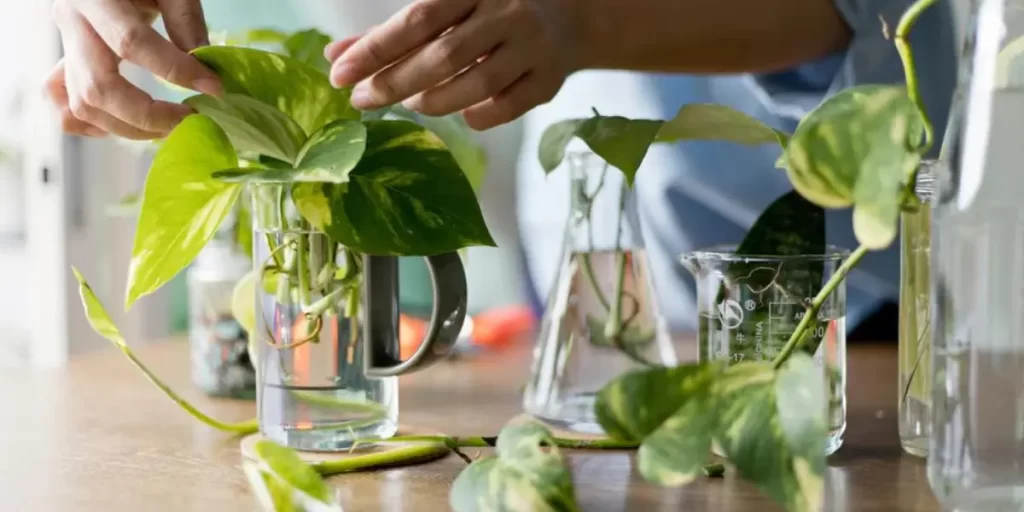
A healthy and thriving money plant is a result of providing the right environment for its growth. This section will detail the specific requirements for light, water, soil, and potting that are essential to keeping the plant robust. The importance of indirect sunlight, as opposed to direct exposure, will be discussed, as well as how to strike the perfect balance between overwatering and underwatering. Additionally, it will cover the importance of selecting well-draining soil and an appropriately sized pot to support the plant’s root system. By addressing each of these factors, this part will equip readers with the foundational knowledge to ensure their money plant grows strong and healthy from the start.
Pruning and Repotting Tips

Once a money plant has been established, regular maintenance becomes key to ensuring its long-term health. This section will offer insights into the art of pruning, explaining how trimming dead or yellowing leaves can encourage new growth and improve the plant’s overall appearance. Additionally, repotting the plant when necessary is crucial to prevent the roots from becoming bound, which can stunt growth. Clear guidelines on when and how to repot the plant will be provided, ensuring that the process is smooth and beneficial. Regular pruning and repotting, when done correctly, will lead to a healthier and more vibrant plant, enhancing its decorative and functional appeal in any home.
Common Issues and Troubleshooting
Even a hardy plant like the money plant can face challenges, particularly with pests or environmental stress. This section will delve into the most common issues, such as infestations from spider mites or aphids, and how to address them using both preventive and remedial measures. It will also cover common signs of distress in the plant, such as yellowing leaves, drooping stems, or browning tips, offering simple but effective fixes to restore the plant’s health. By providing readers with troubleshooting advice, they will be better equipped to tackle issues before they escalate, ensuring that their money plant remains strong and resilient.
Boost Your Money Plant’s Growth
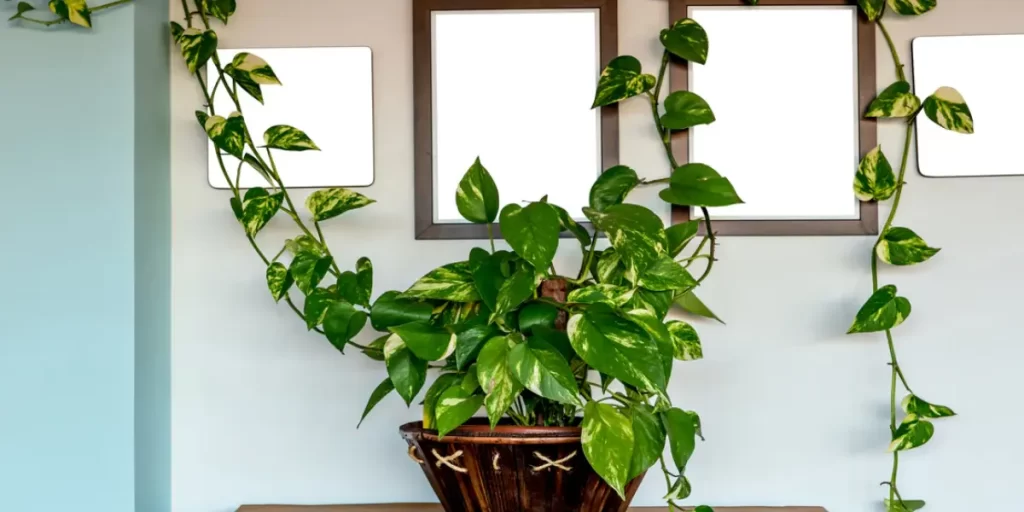
In addition to basic maintenance, there are specific strategies one can employ to boost the money plant’s growth and overall vitality. This section will focus on how to fertilize the plant effectively, explaining the types of nutrients it requires and the best times to apply them. Moreover, it will emphasize the importance of maintaining the right humidity levels and temperature conditions to foster optimal growth. Simple yet valuable tips will be shared to encourage lush and vibrant foliage, helping readers achieve a thriving and visually appealing money plant that continues to grow year after year.
The Spiritual and Aesthetic Benefits of Growing a Money Plant
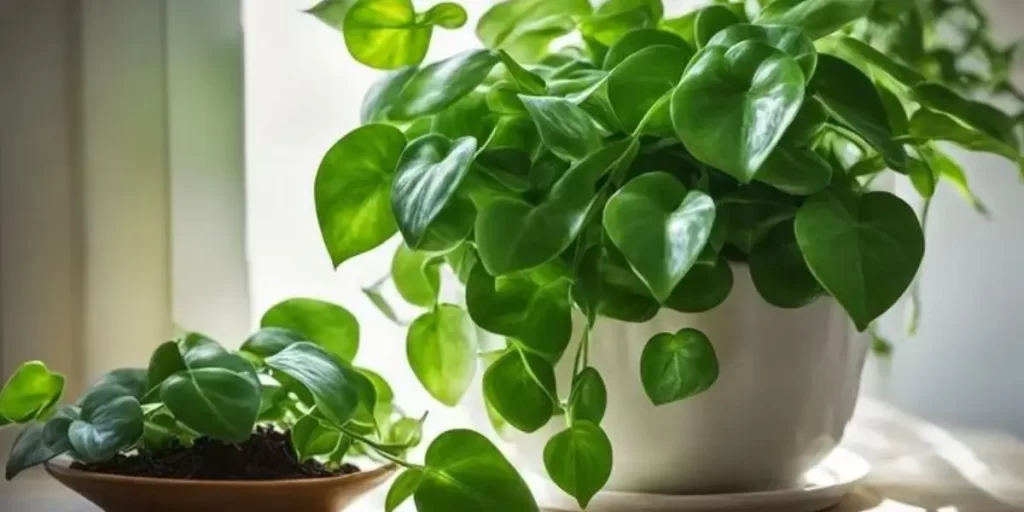
More than just a decorative plant, the money plant is believed to bring positive energy, financial abundance, and good luck when placed in strategic locations within a home or office. This section will explore its deeper spiritual significance, particularly within the context of Feng Shui, and provide practical advice on where to position the plant to maximize these benefits. Additionally, it will highlight the aesthetic contributions of the money plant, as its trailing vines and vibrant green leaves can create a calming, refreshing atmosphere in any space. By intertwining the spiritual and decorative aspects, this part will offer a holistic perspective on why money plants are cherished worldwide.
Proper Watering Techniques
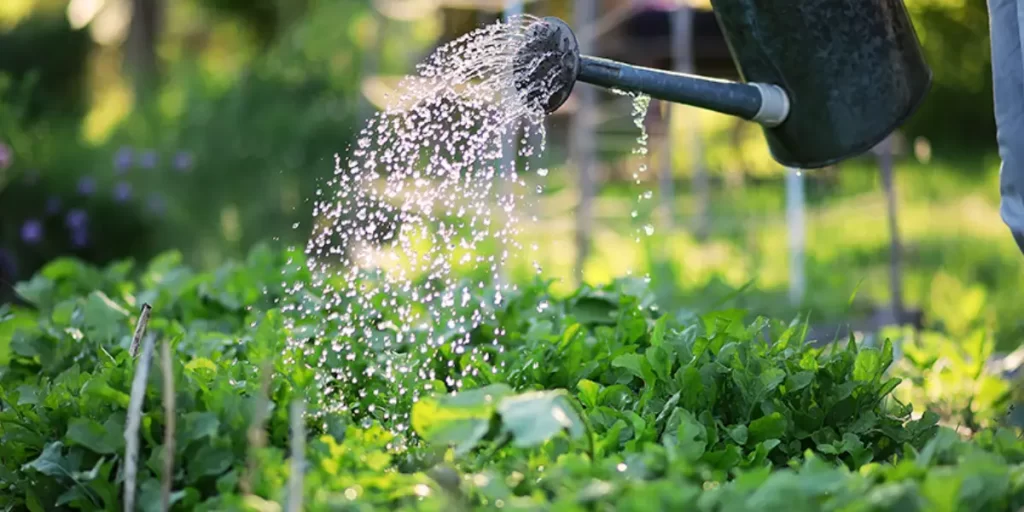
This section provides guidance on how to water the plant effectively by outlining the ideal frequency based on factors like light exposure, temperature, and humidity. Using clean, room-temperature water is essential, and the amount should be sufficient to moisten the soil without causing waterlogging. Signs of improper watering such as yellowing leaves from overwatering or dry, crispy leaves from underwatering are discussed to help diagnose and correct these issues. By following these watering techniques, plant owners can ensure their money plant receives the appropriate amount of moisture, contributing to its overall vitality and growth.
Temperature and humidity also play a significant role in the plant’s health. Money plants prefer a stable environment with temperatures ranging from 60-75°F (15-24°C) and moderate humidity. Extreme temperatures or fluctuating humidity levels can stress the plant, leading to issues like leaf drop or stunted growth. By providing these optimal growing conditions, you create a supportive environment that enhances the overall health and vitality of your money plant.
Successful Strategies for Money Plant

To ensure the plant thrives, start by understanding and implementing the ideal environmental conditions. Money plants generally do well in bright, indirect light; however, they can also adapt to lower light settings if necessary. Adequate light is crucial for preventing issues like leggy growth or leaf drop, which can occur if the plant does not receive enough illumination.
Next, focus on soil and potting requirements. Money plants require a well-draining soil mixture to avoid root rot, which can result from stagnant water. A blend of potting soil, perlite, or sand can enhance drainage and support healthy root development. Additionally, choosing a pot with sufficient drainage holes helps prevent water from accumulating at the base, further reducing the risk of root issues.
Watering practices are equally important. The plant should be watered appropriately based on its environmental conditions, with attention paid to signs of overwatering or underwatering. Ensure the soil remains moist but not waterlogged, and adjust watering schedules according to seasonal changes and the plant’s needs.
Temperature and humidity play a significant role in maintaining a healthy money plant. Aim to keep the plant in a stable environment with temperatures ranging between 60-75°F (15-24°C) and moderate humidity levels. Extreme temperature fluctuations or low humidity can stress the plant, leading to issues such as leaf drop or stunted growth.
Conclusion
The longevity and health of a money plant are directly tied to the care it receives. This final section will encapsulate the core principles discussed throughout the article, reiterating the importance of providing the right conditions, regular maintenance, and timely intervention when issues arise. With thoughtful and consistent care, the money plant will not only survive but flourish, becoming a source of beauty, fresh air, and positive energy in any home.
For those seeking expert guidance and top-quality plant maintenance services, consider hiring Al Saqir Plants. We offer a wide range of indoor and outdoor plant solutions across the UAE. Contact at +971-50-5579347 to ensure your plants thrive for years to come.


